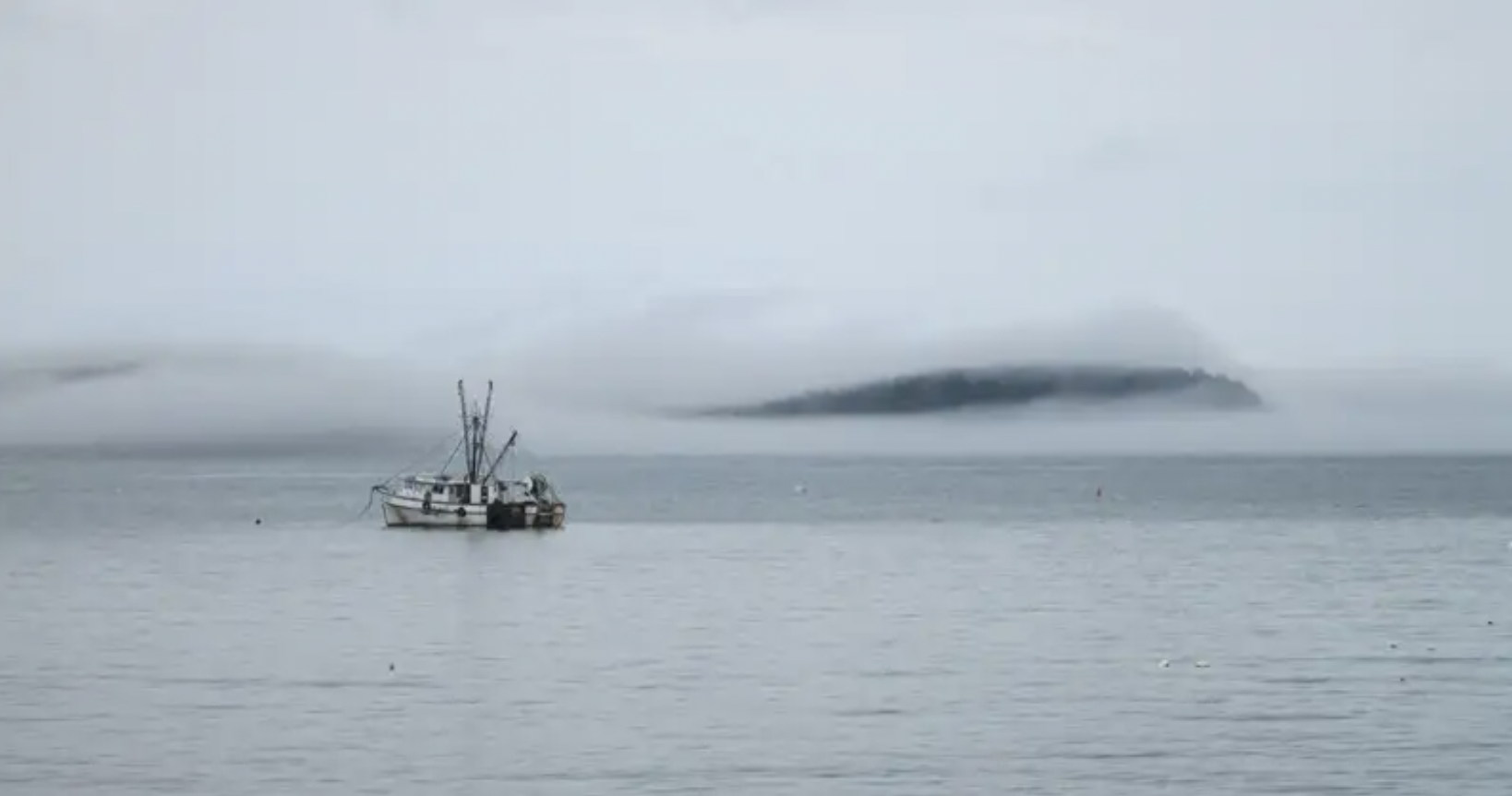The primary way that the United States has protected its fisheries is through the Magnuson-Stevens Act, which was modernized in 1996 to foster the long-term biological and economic sustainability of marine fisheries. However, the reauthorization of this act has been stalled in Congress for a decade, as some politicians blame the law for being too stringent, leading to what they call
“underfishing.”
The University of Delaware’s Kimberly Oremus recently served as a lead author on a paper published in Science that examined U.S. fishing policy. The paper found that the Magnuson-Stevens Act is not constraining most fisheries, and that there are various other reasons that lead to certain fish species being less fished.
Oremus, assistant professor in the School of Marine Science and Policy, and Eyal Frank, an assistant professor at the University of Chicago Harris School of Public Policy, served as the lead authors on the paper.
The researchers examined two decades of data on 170 U.S. fish stocks. These 170 managed fish stocks represent 85% of the U.S. marine commercial fish landings.
In the study, Oremus, Frank, and their other co-authors examined the assertion of critics of U.S. fishing law that it is too stringent and unnecessarily leaves too many fish in the water.
They found that the main reason about half of the fish stocks in the U.S. are considered “underfished” is due to pure economics — fishers are not harvesting the fish because there is not enough demand for them.
Just four fish species — the Eastern Bering Sea walleye pollock, Atlantic sea scallop, Gulf of Mexico brown shrimp and Gulf of Mexico white shrimp — make up the majority of the revenue of those stocks that the researchers characterized as potentially less utilized and fished. Of those, the majority of the revenue came from just one species: the walleye pollock, the catch of which is not constrained by the Magnuson-Stevens Act.
Other, healthy fish stocks are being left in the water because they could not be profitably caught without also catching other fish species that are depleted.
“Some healthy stocks are constrained by the Magnuson-Stevens Act because they are often caught with other stocks that are depleted,” Oremus said. “Some stocks are constrained by other laws such as the Marine Mammal Protection Act or the Pacific Halibut Treaty with Canada. Some stocks are constrained by both market forces and policies, such as our Gulf of Mexico shrimp stocks that are struggling to compete with the price of imported shrimp coming from less regulated countries.”
While political rhetoric has focused on laws that protect fisheries — such as the Magnuson-Stevens Act — as the main culprit in underfishing, the researchers said it is important to take a nuanced view of the picture and view fisheries on a case-by-case basis.
“Targeting the Magnuson-Stevens Act will not change some of these outcomes,” Frank said. “It is important to understand the multitude of factors involved. Simply relaxing fishery management targets under the law will most likely fail to increase utilization in many of the marine fisheries that appear to be underutilized at face value.”
With changes to the environment and overfishing still a big concern in other parts of the world, it is critical to have science-based fisheries laws in place in order to sustain fish stocks moving forward, Oremus said.
“On average, we find that less fished stocks were less fished six years before the law was passed in 1996, and their share of revenue has remained steady from 1990-2015,” Oremus said. “Though no law is perfect, the law appears to be attempting to balance the needs of fishers, other stakeholders, and the long-term conservation of the resource.”



